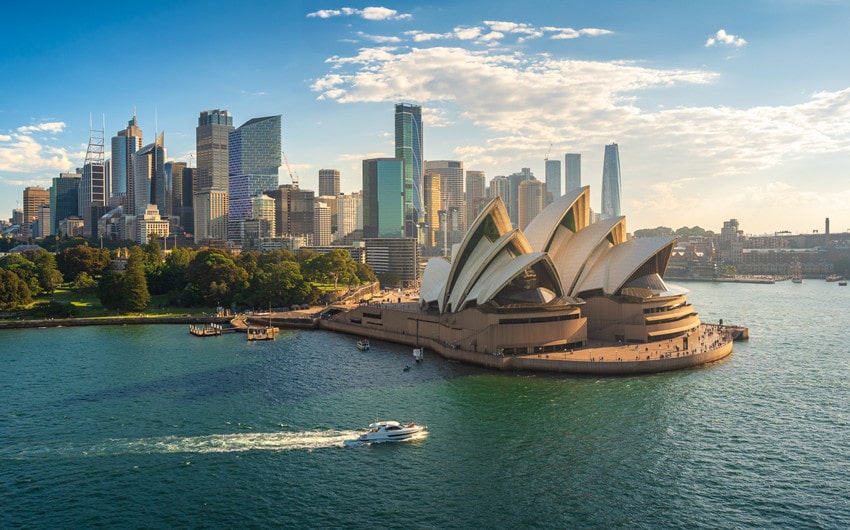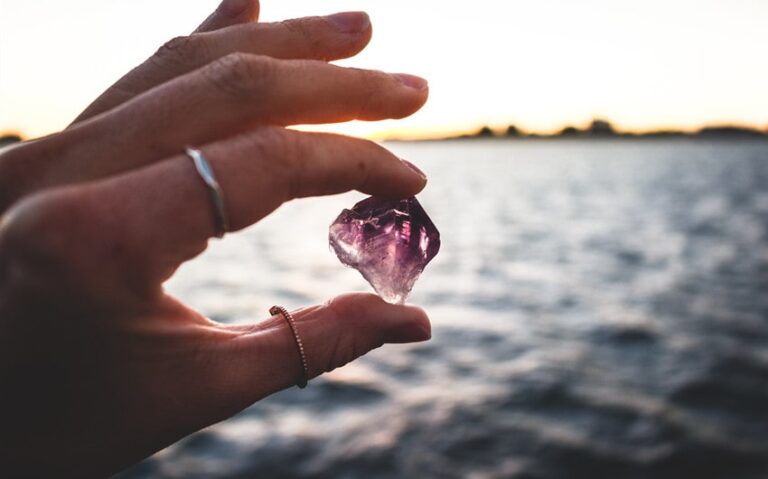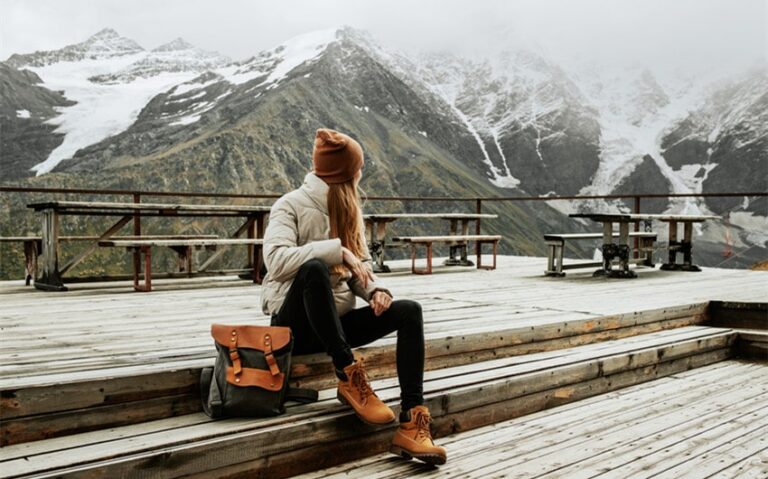Framing Australia’s Big Landscapes On A First Trip
Australia rewards photographers who work with scale rather than against it. The distances are real, the light is strong and the subjects range from coral flats to red desert ridges. A reliable Australia travel guide will help you choose locations, then the craft decisions are yours. Think in layers, plan for changing light and keep your kit simple so you can move when the moment happens.
Build a light friendly itinerary
Great images begin with a schedule that respects light. Midday is harsh, mornings and late afternoons are generous. Map stops to conditions instead of squeezing every landmark into one loop.
• Coast at dawn for calm water and soft colour
• Rainforest mid morning when canopies lift the contrast
• Desert late afternoon when long shadows shape dunes and ridges
• City skylines at blue hour when mixed light creates balance
Give yourself room between stops. Australia is big, traffic can be light yet distances still take time. A flexible plan makes space for a cloud bank that turns ordinary into cinematic.
Compose for depth you can feel
Large scenes collapse without structure. Use foreground, midground and background to create pathways for the eye.
1. Place a textured anchor close to the lens, like rock shelves, spinifex or driftwood
2. Use leading lines from boardwalks, river bends or surf edges
3. Frame with natural edges such as tree limbs or canyon walls to hold attention
4. Keep horizons level and clean so scale reads clearly
5. Wait for a human or wildlife element at the right size to cue distance
Move your feet before you move your zoom. A two step shuffle can fix what a lens change cannot.
Travel light, carry with purpose
You do not need a museum on your back. You need a kit you can manage for hours without fatigue.
• A wide zoom for vistas and interiors
• A fast prime for low light at dawn, dusk and in cafes
• A lightweight travel tripod that you are willing to use
• Circular polariser to control glare on water and wet foliage
• A few microfibre cloths and a rocket blower for dust and sea spray
• A simple sling or waist pack so your hands stay free on trails
If an item does not earn its place twice a day, leave it in the car. Comfort keeps you present and present people see more.
Read the weather, ride the edges
Australia’s weather changes quickly. Use conditions rather than waiting for perfect skies.
• Broken cloud after rain makes desert colour pop
• Strong wind gives coastal scenes energy with streaked water and flying spray
• Sea mist at first light turns cliffs into layers
• Summer storms over plains deliver scale like nothing else
Safety first near surf, cliffs and heat. Check local advisories, watch tides and carry water. A picture is never worth a risky position.
Work with people and place
Images carry more weight when you show respect. Take the time to understand each location.
• Observe cultural signage and access guidance at beaches, gorges and sacred sites
• Stay on formed paths in fragile areas so plants and crusts remain intact
• Ask for permission before photographing people in small communities
• Support local operators who steward the places you want to shoot
Care builds patience. Patience catches the moment other travelers miss.
A field workflow that keeps you moving
You will shoot more and panic less with a quick routine you run every time.
1. Scout without the camera for thirty seconds, find the anchor and the exit route
2. Set base exposure and white balance, then shoot a test frame
3. Lock composition and wait for light or a subject to complete the scene
4. Capture a clean plate frame with no people for blending or prints
5. Note one sentence about the scene in your phone so captions come easy later
Tiny habits shrink your post work and keep your attention in the landscape instead of in menus.
Story sets you can repeat anywhere
Think in mini series rather than singles. A simple list helps you leave with a narrative, not a pile.
• Establishing wide with a strong horizon
• Mid shot that explains texture or process
• Detail of colour, pattern or tool
• Human scale moment, small in frame
• Closing image at dusk that resolves the mood
Five images are enough to tell a place honestly. More is optional, not compulsory.
City frames between nature days
Australia’s cities offer filmic counterpoints to open country. Look for geometry, reflections and human rhythm.
• Early tram lines and crosswalks for leading lines
• Reflections in modern facades after rain
• Ferry decks at golden hour with skyline layers
• Laneway murals as texture behind candid motion
Cities recharge batteries, both literal and creative. Use them to reset before the next long drive.
Post work that respects the scene
Edit to reveal what you saw, not to invent a different world.
• Balance exposure so highlights recover and shadows still hold shape
• Lift contrast locally to guide the eye rather than push global sliders
• Correct colour cast from red soils and blue shadows with a gentle hand
• Remove sensor dust and stray footprints from the frame’s edge
• Export small sets for mobile sharing and keep a high resolution archive
If the edit fights the memory of the moment, step back. The right image often emerges after a short break.
A simple checklist for the glovebox
Keep a paper card with the essentials so you can focus when the alarm rings before dawn.
Trackables that matter:
• Sunrise and sunset times for the week
• Tide windows for coastal shots
• Battery and card check before each leg
• Water, hat and sunscreen for midday walks
• Backup route if weather closes your first choice
Prepared photographers relax. Relaxed photographers see the small things that make big places feel personal.
The last frame
Australia rewards patience, light sense and a light bag. Plan around the sun, compose for depth and keep your systems simple. With a clear route and a small toolkit you will bring home images that breathe, not just pictures that prove you were there. The landscapes are large, the lessons are small and both will stay with you.







